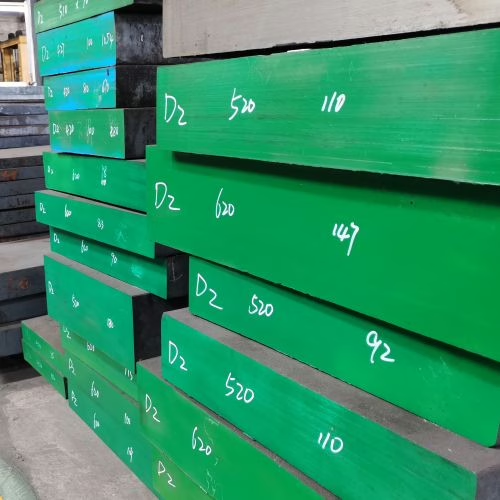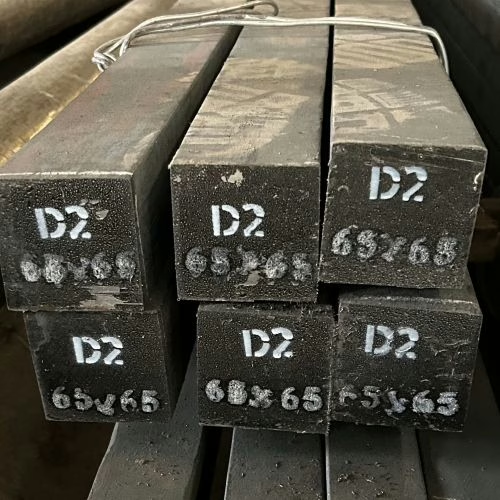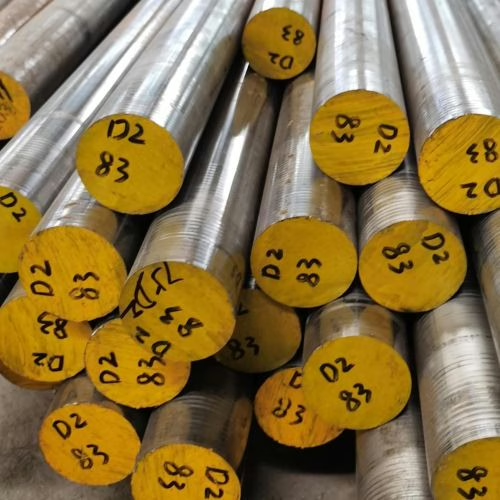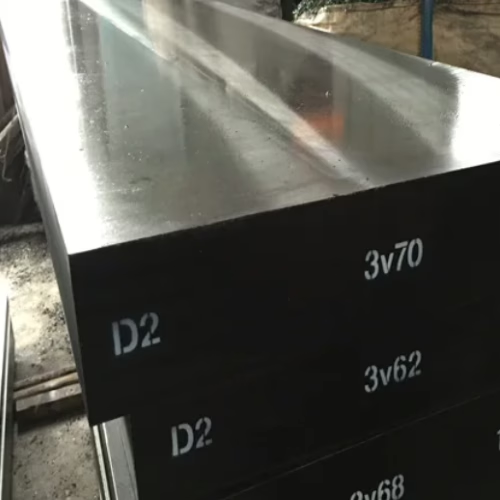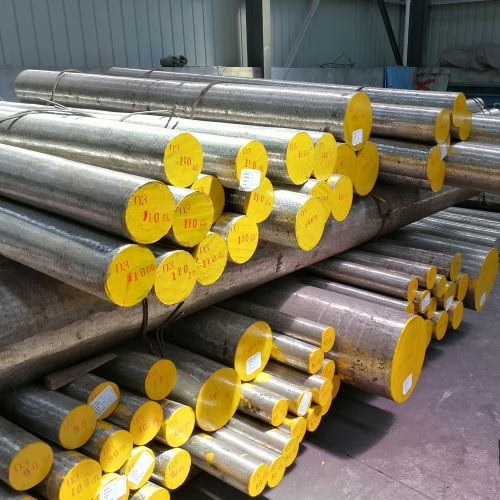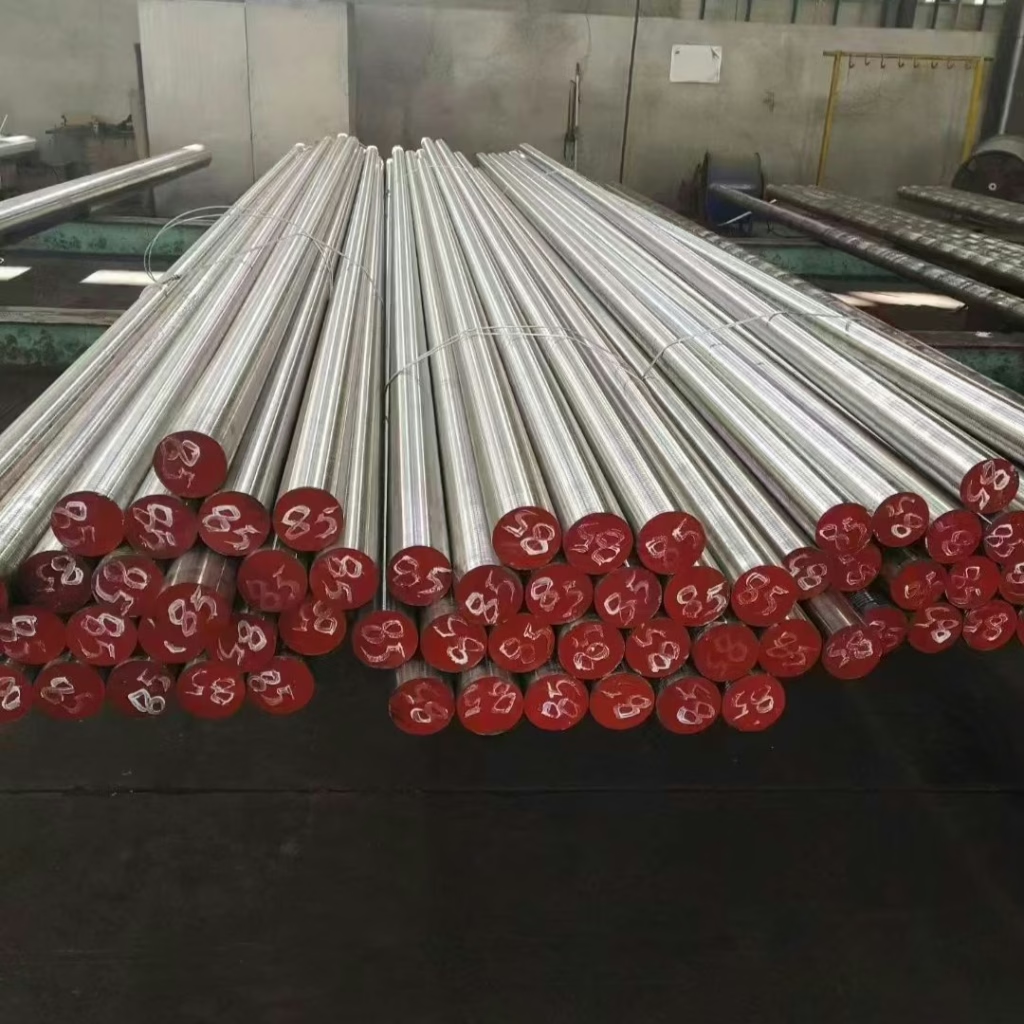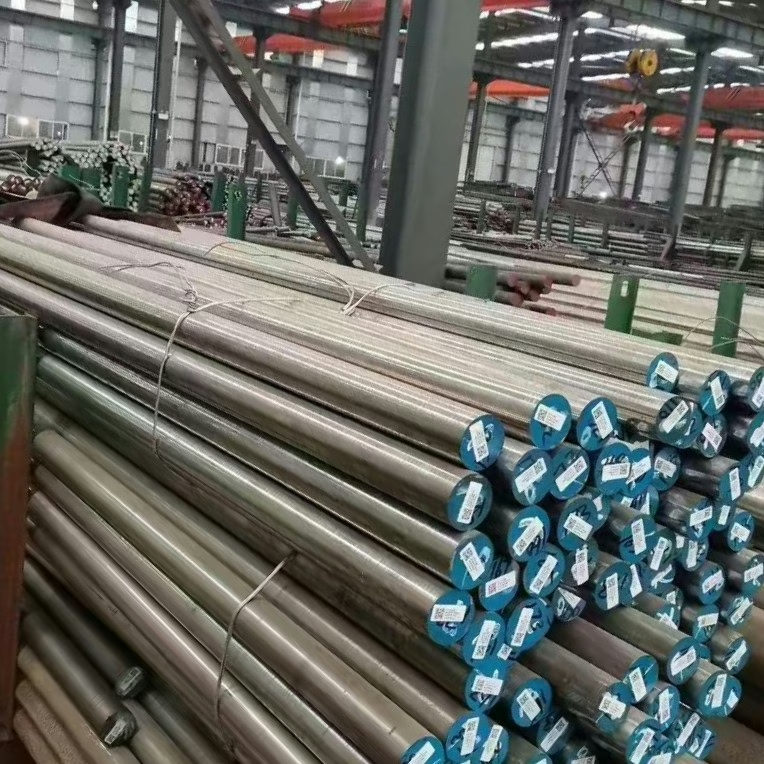D2 Steel Hardness – Unlocking Superior Wear Resistance
D2 tool steel is classified under the “D” group, representing high-carbon, high-chromium cold-work tool steels. It is widely applied for long-run dies due to its superior wear resistance, good dimensional stability, and moderate toughness. D2 is considered a popular and often the most important reference for all cold-work tool steels. Common applications for D2 tool […]
D2 Steel Hardness – Unlocking Superior Wear Resistance Read More »

